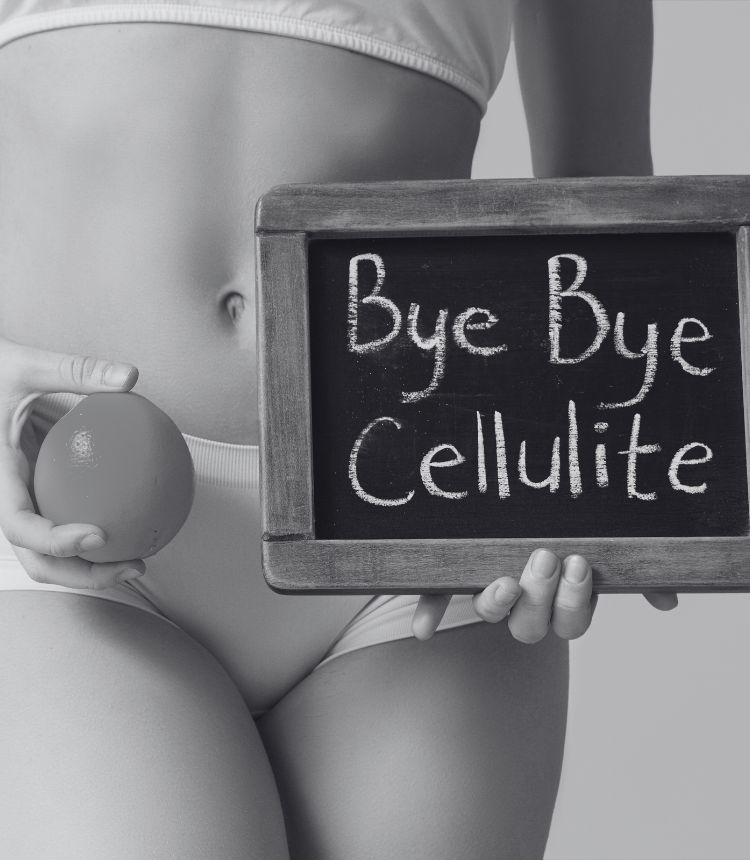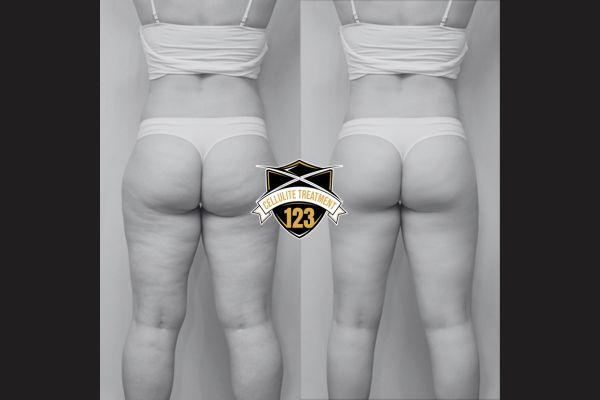Cellulite forms when fat deposits push through the connective tissue beneath the skin, often appearing on the hips, thighs, and buttocks. There are several factors contribute to the development of cellulite around the hips and love handles:
Genetics: Your genetic makeup can influence the distribution of fat beneath the skin, your skin’s elasticity, and the likelihood of developing cellulite.
Hormones: Hormones like estrogen, insulin, noradrenaline, thyroid hormones, and prolactin play a role in cellulite formation. Estrogen, in particular, can affect the blood vessels and fat distribution.
Diet and Lifestyle: A diet high in fat, carbohydrates, and salt and low in fiber can increase the likelihood of cellulite. Lack of exercise and a sedentary lifestyle can also contribute.
Age: As you age, your skin becomes less elastic, thinner, and more likely to sag, which can make cellulite more noticeable.
Weight and Body Composition: While cellulite can occur in people of all body types, excess body fat can make it more visible. However, even thin people can have cellulite.
Dehydration: Not drinking enough water can lead to skin dehydration, making cellulite more apparent.
Poor Circulation: Poor blood flow can lead to the accumulation of toxins in the body, which may contribute to cellulite.
These factors can vary from person to person, and while cellulite is a common and natural occurrence, many seek treatments to reduce its appearance.




